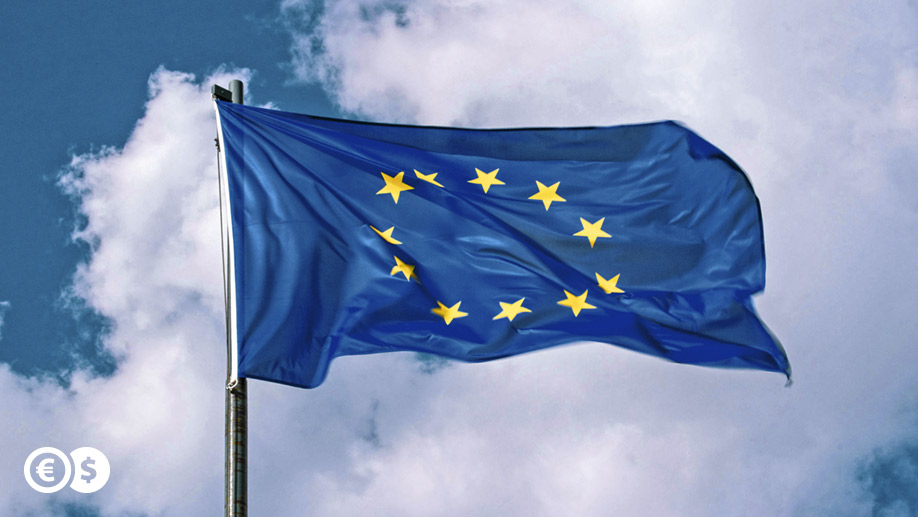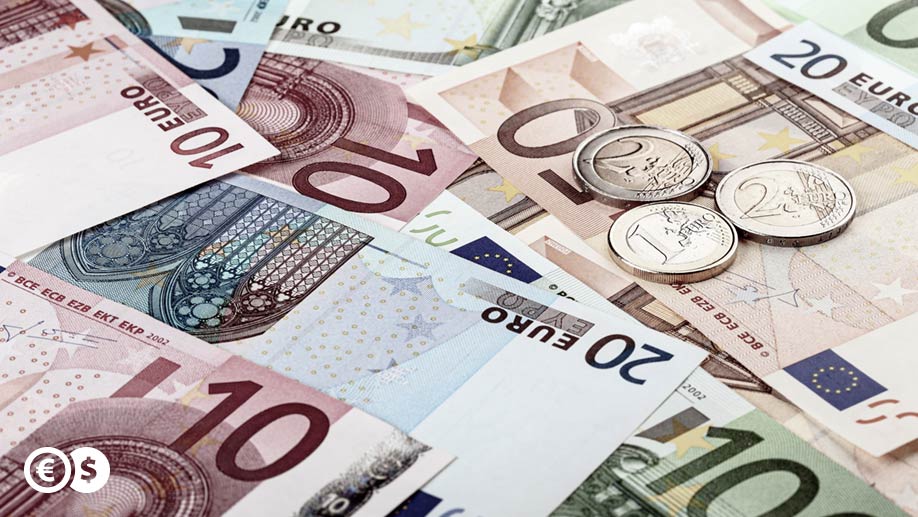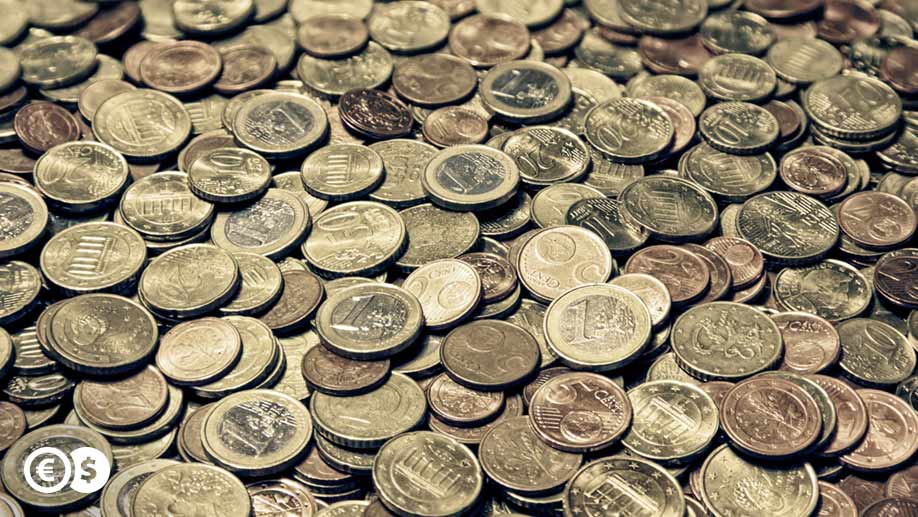The euro is currently one of the most important and popular currencies. Although it has been in circulation for quite some time now, it has managed to gain worldwide financial recognition. What is its phenomenon, and where was the idea of a single currency created?
The beginnings of European integration
After two destructive world wars, the leaders of countries from the Old Continent understood that peace could only be guaranteed through economic integration. This was the idea that laid the foundations for the creation of the European Coal and Steel Community in 1951, founded by France, Belgium, the Netherlands, Italy, FRG and Luxembourg.
The main aim of the newly formed community was to support the economic development of the member states, increase employment and improve living conditions. This was done by joint creation and regulation of the coal, steel and iron markets.

During the war and a moment after the end of World War II it was said that whoever controls coal and steel resources can dominate in Europe. Germany had huge coal reserves (Ruhr and Saarland), while France possessed rich iron deposits in Lorraine. That could, therefore, cause conflicts in the future. Common market regulation was a peaceful solution to a possible dispute.
The activities of the European Coal and Steel Community were so successful that as early as 1 January 1958, under the Treaty of Rome, the decision was made to establish more communities. It was the European Economic Community and the European Atomic Energy Community, also called Euratom.
The EAEC was, in fact, a customs union, guaranteeing the free movement of persons, services, goods, and capitals. Member States abolished customs duties between themselves and set a single rate for external countries, valid for the entire EAEC. As a result, trade between the Member States developed especially during the first period of the Community's existence. Moreover, there was also a growing focus on extending competences to other sectors, including the single currency.
The idea of a single currency
The single currency was promoted by Pierre Werner, Prime Minister of Luxembourg. He is considered to be the founder of the idea of the euro. Already in 1970, he presented a plan describing the introduction of the single currency in all countries of the European Economic Community.
However, his ambitious goals were not achieved immediately. The initial plans were postponed due to the collapse of the Bretton Woods system. It was the first negotiable monetary system to lay the foundations for international relations concerning the management of monetary systems. It determined, among other things, the exchange rate of individual world currencies.

The system began to collapse in 1971 when the United States suspended the exchangeability of the dollar for gold. It finally crashed two years later, after the devaluation of the dollar and the introduction of floating exchange rates.
Therefore, instead of creating another currency, the countries of the European Economic Community had to focus on the "defence" and stabilization of those currencies already in circulation. This led to the creation of the European Monetary System in 1979, which introduced a fixed exchange rate for member states' currencies.
With the establishment of the EMS, a single symbolic currency, the ECU (European Currency Unit), was also created. It was not a physical currency in circulation. The money acted exclusively as a unit of account of the EMS countries, enabling settlement in international trade. Moreover, unique coins were minted on this occasion. The ECU operated until 1998. Thus, one can say that it was a kind of forerunner of the euro.
Euro - single currency of the Old Continent
In 1989, the Chairman of the European Community Commission presented a three-stage plan for further integration of European countries. His report contributed to the signing of the Treaty on European Union in 1992, which is more widely known as the Maastricht Treaty.
It contains, among other things, information on the single currency. However, the name of it had not yet been specified. It was introduced three years later, during one of the summits in Madrid. Since then, the euro has been in the minds of the member states.
However, before it officially entered into circulation, the European Central Bank was established on 1 June 1998. It was the bank, under the Maastricht Treaty, that had to deal with the implementation of the new means of payment in the Member States. The euro officially came into force on 1 January 1999.
For the first three years, however, the euro operated in a non-cash form, mainly used to settle transactions. Local currencies also functioned in the circulation of individual countries. These currencies were withdrawn from the use in early 2002. At that time, the euro became the official currency in the 12 countries belonging to the Community.
Who can join the eurozone?
Membership of the European Union was not the only requirement for joining the eurozone and using the single currency. The country still had to comply with the five requirements of the Maastricht Treaty.
Those include a country's inflation rate that could not be more than 1.5 percentage points higher than the average inflation rate in the three EU countries where it was the lowest. Moreover, the budget deficit could not exceed 3% of GDP, and the public debt could not be higher than 60% of GDP. Long-term interest rates were also established to remain below the average interest rate in the three EU countries with the lowest inflation, by no more than 2 percentage points. The last condition was related to the exchange rate. The exchange rate must be stable for at least 2 years before adopting the Euro.
Of course, countries that met the conditions could refuse to join the eurozone for various reasons. The United Kingdom and Denmark did so while maintaining their current currency.
Which countries have the euro as their currency?
The euro is currently the official currency in most of the EU countries. The following Community countries have adopted the common currency: Austria, Belgium, Cyprus, Estonia, Finland, France, Germany, Greece, Ireland, Italy, Latvia, Lithuania, Luxembourg, Malta, the Netherlands, Portugal, Slovakia, Slovenia and Spain.
Andorra, Monaco, San Marino, and the Vatican also use the euro under the agreement with the European Union. Moreover, two countries, Montenegro and Kosovo, have decided to adopt the euro as their currency without an agreement with the EU.
The euro is also used in the dependent territories of France: French Guiana, Guadeloupe, Martinique, Mayotte, Réunion, Saint-Barthélemy, Saint-Martin and Saint-Pierre and Miquelon.
The same notes, different coins
The number of countries using the single currency influences its diversity. The look of the coins is entirely different for each country. It differs in the obverse, also known as the national side. The reverse is common to all and represents Europe with the denomination of the coin.

The design of the obverse is determined by each country that has the right to mint coins. That is why we can see a great variety among them. Usually, on the obverse, there are elements characteristic for a given country. For example, Cypriot coins are decorated with a figure from the copper era, a pair of mouflons or a ship from Ancient Greece, and German coins, apart from the eagle symbolizing independence, also depict the Brandenburg Gate and an oak branch, which was a symbol of the Pfennigs.
Coins of denominations 1, 2, 5, 10, 20, 50 cents and 1 and 2 euros are in circulation independently of the country. They are official currency in all the countries of the eurozone, regardless of where they are minted. There is, therefore, nothing to prevent Greek euro coins from being used in Germany or France.
In the case of banknotes, the issue is a little different. Although individual European countries may produce them, they look the same everywhere. They are divided into denominations of 5, 10, 20, 50, 100, 200 and 500 euros.
The design of the euro banknotes is based on the architectonics from different eras. Both the obverse and the reverse sides show architectural objects representing the chosen style. However, they are illustrated in such a way that they do not resemble any particular building or monument.
Depending on the denomination, the banknotes represent objects from classical, Romanesque, Gothic, Renaissance, Baroque, Art Nouveau or Modernist styles. They also differ in colour — from grey, red, through blue, orange, green, to brown-yellow and purple. For example, the 500 euro note is purple. However, it is worth mentioning that 500 euro is no longer printed, although it can still be used. It will remain that way until they are completely out of circulation.
Why has it been decided to stop issuing these notes? The European Central Bank wants to combat illegal financial flows and terrorist financing in this way. This high denomination has made it easier to hide and carry large amounts of cash.
European Central Bank
The European Central Bank, based in Frankfurt (Frankfurt am Main), is responsible for issuing the euro and protecting its purchasing power. It is responsible, inter alia, for the conduct of monetary policy (e.g. setting interest rates), the collection of related data, the supervision of the banking systems of the Member States of the European Union and, for example, the prevention of banknote counterfeiting.
The European Central Bank cooperates closely with central banks of the Member States. Together with them, it forms the European System of Central Banks (ESCB). Once all the Member States join the eurozone, the ECB will act as the central bank of the entire European Union.



